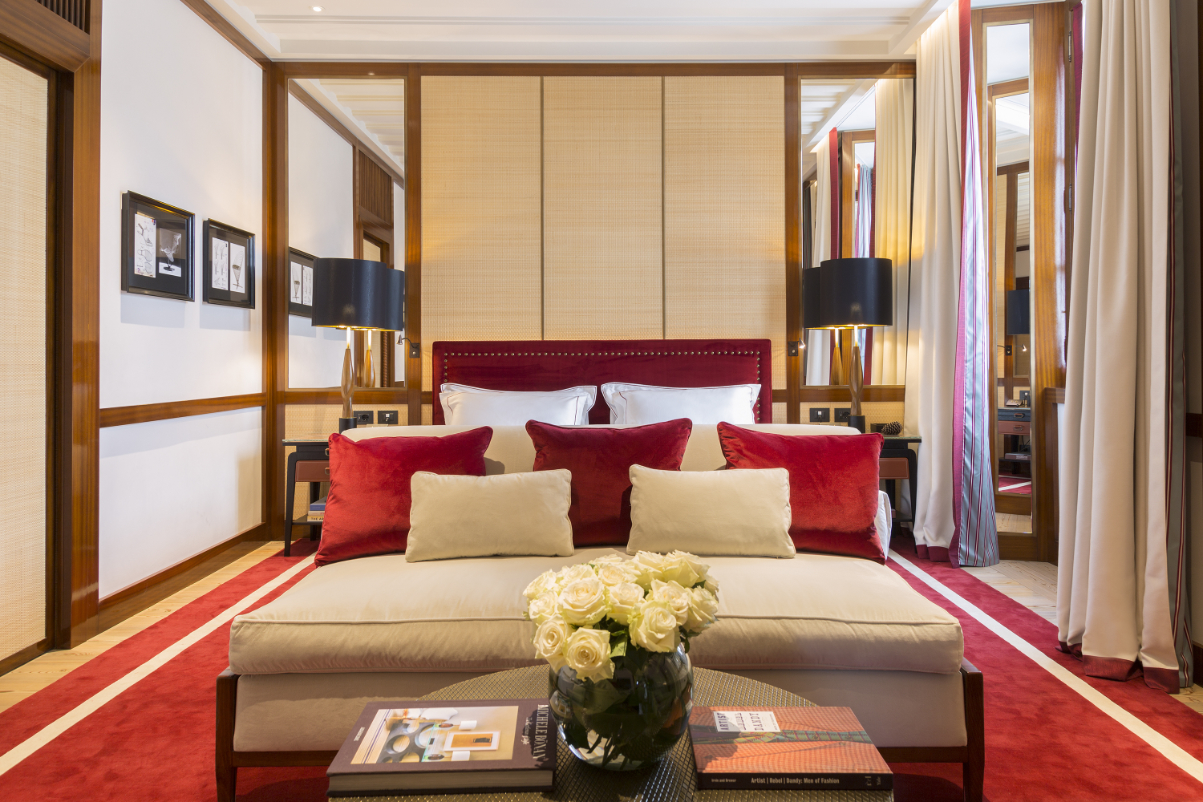Ferragamo's Formula: Behind Portrait Milano's Luxury Hotel Launch

Skift Take
Portrait Milano is a case study in how to put a new luxury hotel on the map. The 73-room property opened in Milan’s fashion district in December 2022. It's part of the Lungarno Collection — a set of boutique hotels solely owned by the family behind fashion house Ferragamo.
“We've become a hub of the city's fashion district,” said Valeriano Antonioli, CEO of the Lungarno Collection.
After only 16 months, Portrait Milano now generates the second-highest revenue per available room among Milan's luxury hotels, according to Antonioli. (STR, the data benchmarking service, doesn't publicly disclose figures for individual hotels.)
While each hotel opening is unique, Portrait Milano's story suggests key factors that all investors should consider as they try to establish new luxury hotels in key markets.
Shown in Florence, CEO Valeriano Antonioli, who has overseen the growth of the Portrait brand of hotels, owned by the Ferragamo family. Photo by Marco Badiani. Source: Lungarno Collection. Connect with the communityGetting regulatory support is easier if you can make a persuasive case as a hotel developer that your project will enhance the community, rather than detract from it. Plus, many luxury travelers seek hotels that give

